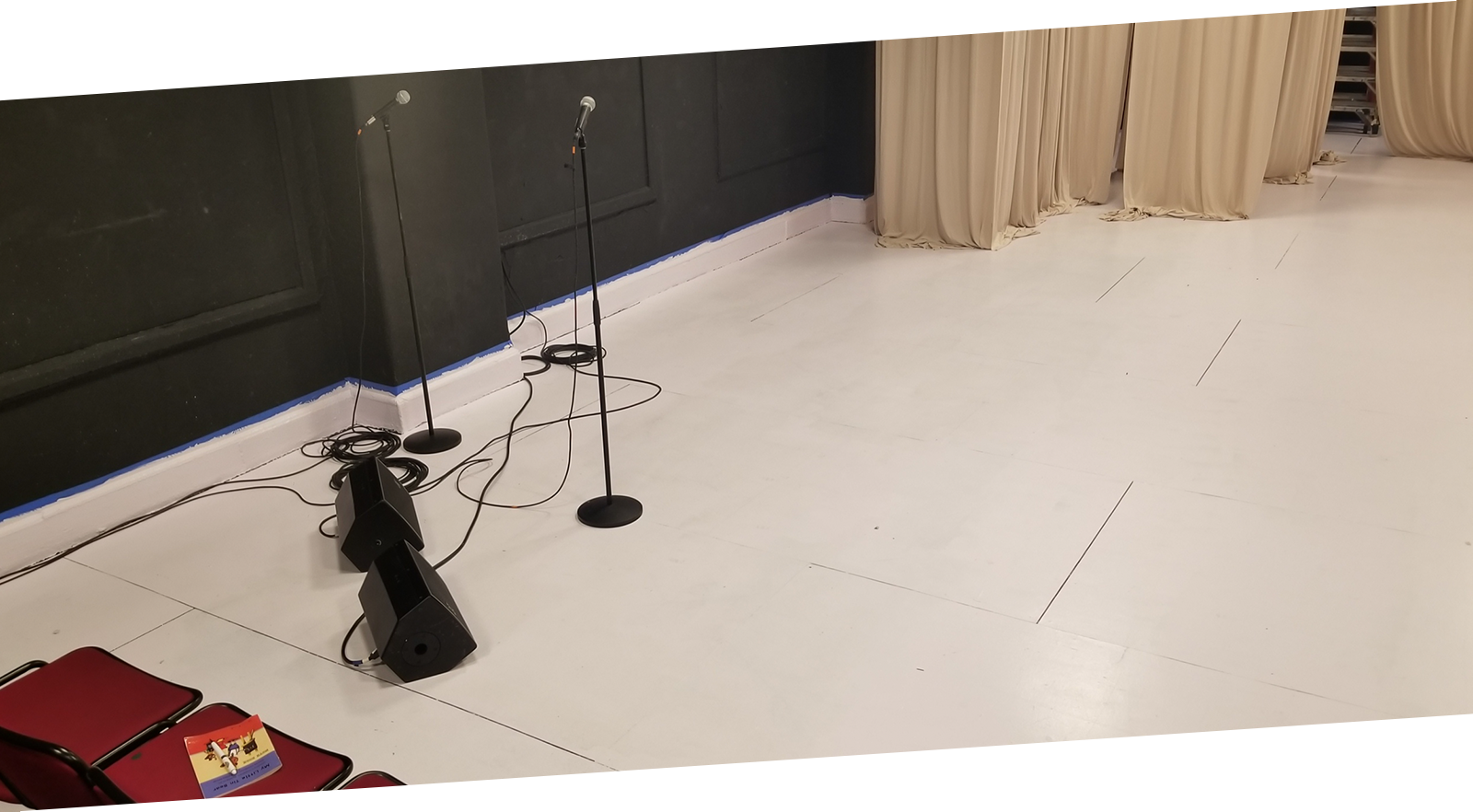While attending NYU Tisch School of the Arts’ Experimental Theater Wing (ETW) from 2001-2005, I was introduced to the Roy Hart singing method, by Richard Armstrong and Jonathan Hart Makwaia. As I continued to develop my own vocal instrument, as well as working with singers and non-singers as a composer and music director on various productions (including those with Half Straddle and Big Dance Theater) I developed my own vocal practice and educational framework based heavily in the Roy Hart method. I became particularly interested in how singing and speaking differ, and how the durational vibrations produced by singing can create a physical exchange between singer and listener.
This is an idea that I have explored through working on various theatrical projects, as well as through a workshop titled Writing with Sound, co-taught with Jess Barbagallo, that uses a group-created vocal score as framework for generating writing. Jess and I have taught this workshop at arts spaces in Brooklyn, as well as at Vermont Young Playwrights, and ETW at NYU. While participants in the workshop left it with a piece of writing, they also gained increased listening skills, as listening is just as important as singing, when investigating the voice.
As I continued to develop my practice I started to include a third partner in my explorations: the space itself. Live performance is often thought of as a duet between performer and audience, but if sound is nothing more than vibrations traveling through space from source to receiver, then why not consider the space as an important participant in this exchange? I began to create a class called Singing with the Space focusing specifically on listening to how sound exists in space, and allowing what is discovered to influence and expand one’s personal vocal capabilities.
I am currently continuing this work teaching Voice as an adjunct professor at ETW, as well as via private voice lessons and group classes.
The class is a combination of practical vocal exercises (with a constant focus on listening), group improvisations, and sound walks, which involve trekking outside of the studio with a deep focus on active listening to environmental and manmade sounds in order to expand our sonic vocabulary.
For inquiries and requests for private voice lessons, contact chris@chrisgiarmo.com.
